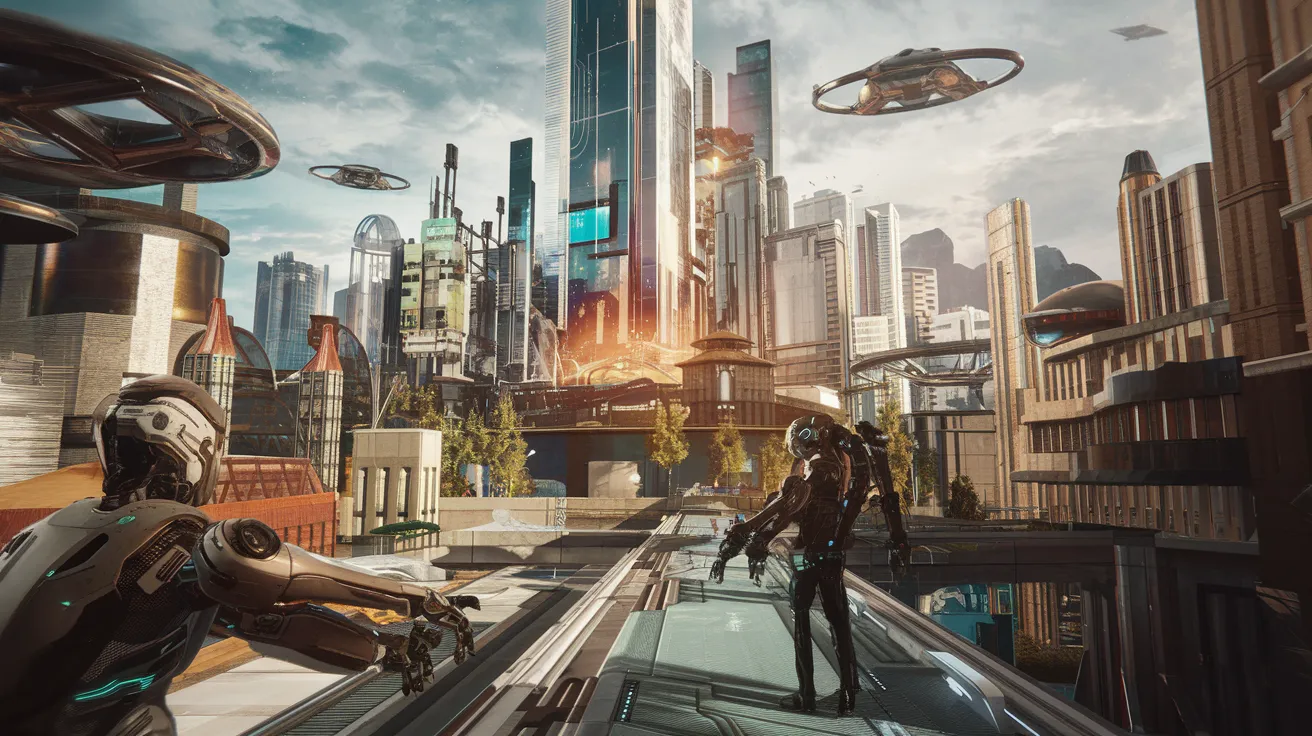New AI Tool Generates Perfect Text in Images

In the rapidly evolving domain of artificial intelligence, a long-standing challenge has been the consistent inability of AI image generators to accurately render clean and readable text within the images they produce. Despite significant advancements in realism and artistic creativity from platforms like Midjourney and DALL·E, the inclusion of precise textual elements continues to be problematic.
However, with the latest update from ChatGPT, a built-in image generation feature now addresses this issue by enabling the production of visually striking graphics that include legible, correctly spelled text. This advancement stands out as a monumental change, particularly for content creators, marketers, educators, and others who depend on integrating visuals with text.
The new feature allows users to effortlessly input simple prompts, such as “create an image for a YouTube video thumbnail titled ‘How to make AI images with ChatGPT’. Make sure the entire text fits inside the image.” The result is a clean, usable image where the rendered text is clear, stylistically appropriate, and well-placed—all attributes that have traditionally posed challenges for other AI tools.
The Longstanding Text Problem
Historically, attempts to incorporate text into AI-generated images have resulted in gibberish, with outputs that tended to include scrambled letters, misspellings, and distortions. This drawback has hampered the use of these tools in practical applications like social media graphics, infographics, and thumbnails.
Enter ChatGPT’s New Image Generator
Now, with the rollout of its new image generation capability, ChatGPT allows users to produce images that include not only clarity in text but also correct spellings, achieving a level of functionality that promises to enhance the creative process significantly.
In a demonstration via video, the free version of ChatGPT is showcased as capable of generating refined images simply with user-directed commands. This means that for those managing social media accounts or creating branded content, such a tool can streamline production workflows without the need for extensive post-editing.
Free vs Paid: Do You Need ChatGPT Plus?
One of the attractive aspects of this new functionality is that it’s accessible through the free version of ChatGPT. However, there are limits to the number of images one can generate daily. Users aiming to leverage this feature extensively may find the ChatGPT Plus subscription beneficial, as it allows for higher image generation limits.
Prompt Structure and Best Practices
The effectiveness of the generated images heavily relies on prompt structure. Starting prompts with “create image” directs ChatGPT toward generating visuals rather than simply responding with text content. Users can then provide specific requirements for the image, including the text and design elements.
For instance, one could prompt ChatGPT with: “Create an image of an inspirational quote with the quote below. Ensure it fits well in the image, and the background should be relevant to the quote.” The result is a nicely styled image where the quote is fully readable, correctly spelled, and well-integrated within the design.
Creative Possibilities With Perfect Text
This advancement presents fresh opportunities for using AI in various content creation contexts, such as:
- YouTube Thumbnails: Generate captivating thumbnails with clear text to drive engagement.
- Inspirational Quote Posts: Create high-quality quote graphics for platforms like Instagram without needing complex editing software.
- Marketing and Ads: Develop promotional graphics that incorporate both image and text seamlessly.
- Educational Content: Produce instructional graphics featuring definitions and explanations.
- Blog Headers and Visuals: Add compelling visuals to articles and newsletters without needing a designer.
How ChatGPT Outpaces Other Tools
While tools like Midjourney and Stable Diffusion have been at the forefront of AI-generated imagery, the significant drawback of text support has limited their practical applications. ChatGPT’s latest update distinguishes itself not only through the incorporation of text but also through its adept integration of text within the broader visual context.
This marks a significant step toward a more holistic understanding of image composition within AI tools, a leap forward in catering to practical needs beyond novelty.
Looking Ahead: Future of AI Image Generators
Even amidst this breakthrough, the potential for further advancements looms large. As users begin to explore ChatGPT’s image generation capabilities, expectations for improvements in areas such as font control and interactive design tools will build.
One area of interest is whether OpenAI will introduce API access for businesses or allow users to incorporate brand assets into prompts, potentially enhancing how professionals utilize this technology.
As we embrace this new capability, it’s evident that the gap between human creativity and AI-assisted design is narrowing more rapidly than anticipated.
If you haven’t yet explored the new image generation feature in ChatGPT, now is the perfect time to do so—you may be pleasantly surprised by how well AI executes detail-oriented tasks.